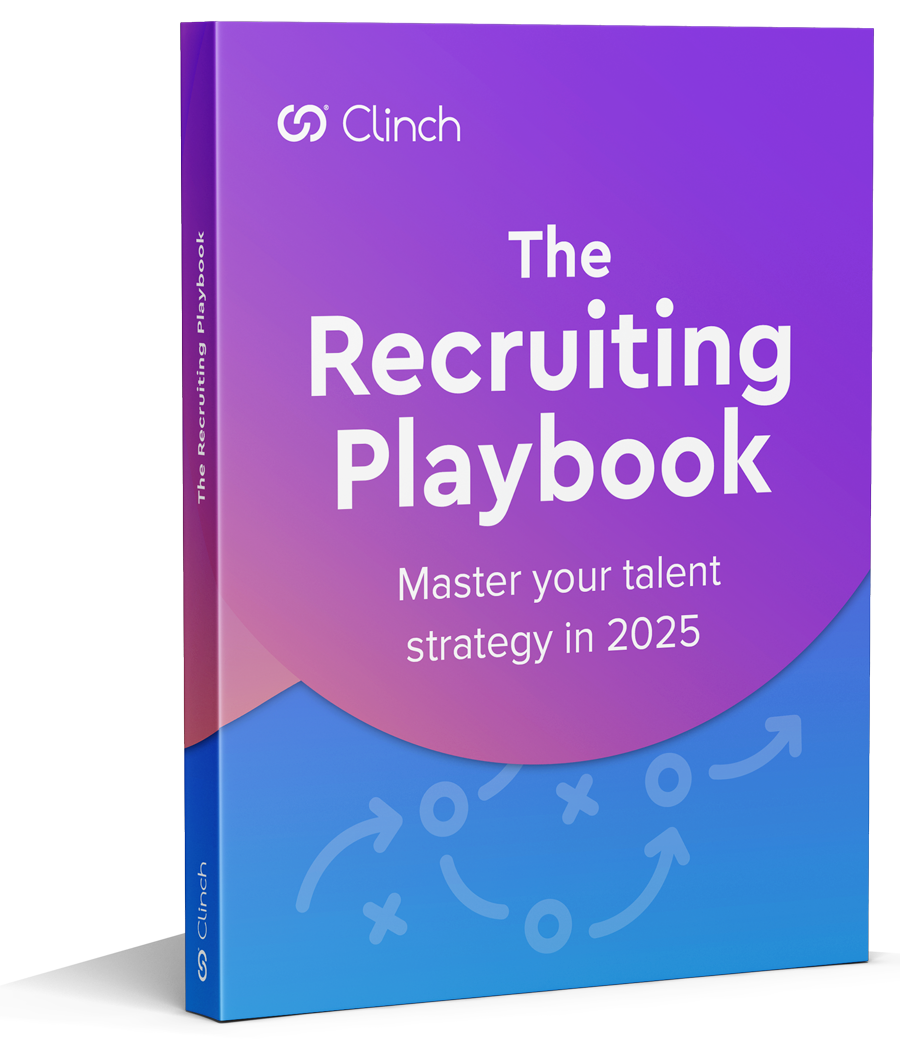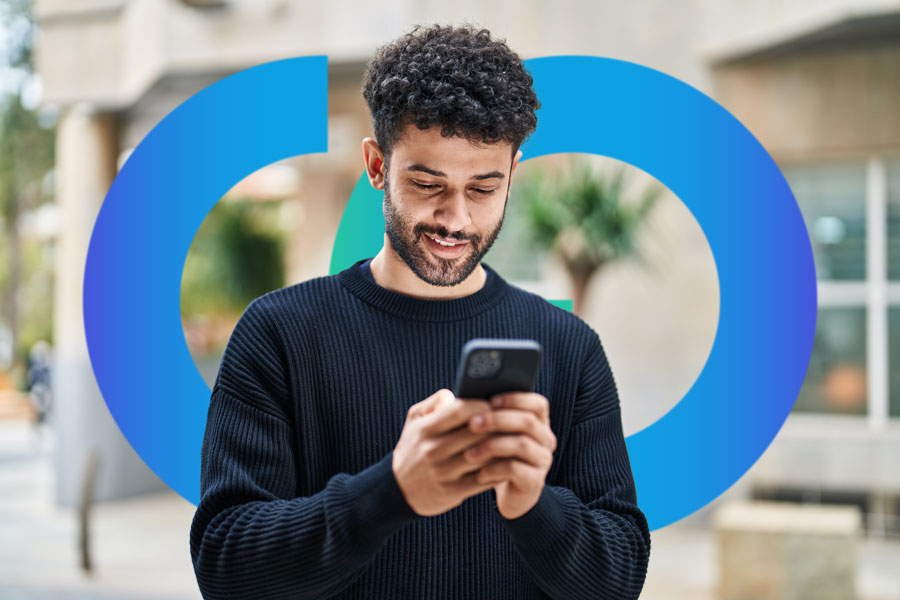Diversity, equity, and inclusion (DE&I) plays an integral role in shaping both an organization’s culture and its recruiting strategies. It is key to creating an environment where employees from diverse backgrounds, identities, and experiences feel valued, respected, supported, and empowered. When we think about DE&I, we usually focus on race, gender, or disability. But what about age?
For the first time, we’re witnessing the presence of five generations in the workforce: The Silent Generation (born 1925 to 1945), Baby Boomers (1946 to 1964), Generation X (1965 to 1980), Millennials (1981 to 2000), and Generation Z (2001 to 2020). By 2025, Generation Z is expected to surpass Baby Boomers, making up 27% of the global workforce.
The power of cross-generational knowledge sharing
A workforce that spans multiple ages and career stages offers many benefits, including the opportunity for cross-generational knowledge sharing. Take SSE, a valued Clinch Recruitment Marketing client based in Scotland, fully embraces this approach by offering both mentoring and reverse mentoring programs. These initiatives bring together early-career employees and seasoned professionals, creating a two-way exchange of knowledge and insights. By facilitating mutual learning, these programs foster a deeper understanding of diverse skills, perspectives, and viewpoints, ultimately helping multigenerational teams collaborate more effectively. This not only strengthens team dynamics but also enhances the organization’s overall performance, culture and employment brand.
Understanding generational preferences
This new, multigenerational dynamic is present on a global scale, so, with such a broad spectrum of ages and career stages eager to contribute —whether currently employed or not— now is the time to ask: what is your organization doing to actively attract, engage, hire, and retain this diverse talent pool?
The question is simple, but the challenge is complex. Candidates bring distinct preferences, communication styles, and motivations based on their age and career stage. These differences influence how they approach research, education, engagement, learning, and management. Manually managing the intricacies of attracting, engaging, hiring and retaining these different cohorts is no longer practical. Success demands technology that aligns with the unique values, attributes, and preferences of these diverse groups. In other words, technology that prioritizes automation and personalization at scale.
Utilizing technology to engage multigenerational talent
Consider the benefits of Clinch’s AI Chatbot Assistant – an “always on” engagement channel that increases your team’s efficiency by managing those repetitive tasks that would otherwise eat into your day. Using the chatbot, candidates can join talent networks, search and apply for open roles, and ask and receive instant responses to common questions. Candidates can also use the chatbot to schedule a conversation with a recruiter – further reducing the manual “admin” load on a recruiter’s daily plate. The AI Chatbot Assistant can also enhance the authenticity of your employer brand, working with your CMS to surface and share employee-generated content in response to candidate queries – providing insights directly from the candidates’ most trusted source, your current employees.
Not only does the AI Chatbot Assistant offer candidates another channel to engage with your brand, but for Gen Z candidates and other digital natives who expect real-time responses, a chatbot is often their tool of choice – particularly at the top of the funnel, or the early stages of the candidate journey, where access to the right information, quickly, is essential for a positive candidate experience. Clinch enhances personalization with its AI-powered recommendations engine, which runs on your career site to tailor suggested jobs and blog posts to each individual candidate, delivering a truly customized experience.
Personalization at scale: Meeting candidates where they are
Outside of your careers site, consider what external channels you’re leveraging to connect with your multigenerational audience. Within social media alone, think about the platforms you’re using and how you might tailor employer branded or employee-generated content to maximize engagement. For instance, while Facebook remains a popular network for older or mid- to late-career candidates, platforms like TikTok and Instagram attract a younger demographic. Our AI-powered content assistant can be invaluable here, helping you edit, adapt and optimize your core content to suit generational preferences across platforms.
The first step toward success in multigenerational hiring is understanding who you’re aiming to engage, and then meeting their information and engagement needs on their own terms – through their preferred methods and channels. AI and automation provide the tools to do this effectively and at scale, allowing you to quickly reap the benefits of a diverse, empowered workforce.
However, remember that your use of AI in multigenerational hiring —and in recruitment overall— will only be as effective as the human effort it supports. The true value of AI in this context lies in the time it frees up for you and your team, enabling you to humanize key moments in the candidate experience and convert best-fit talent, no matter the age or career stage.



